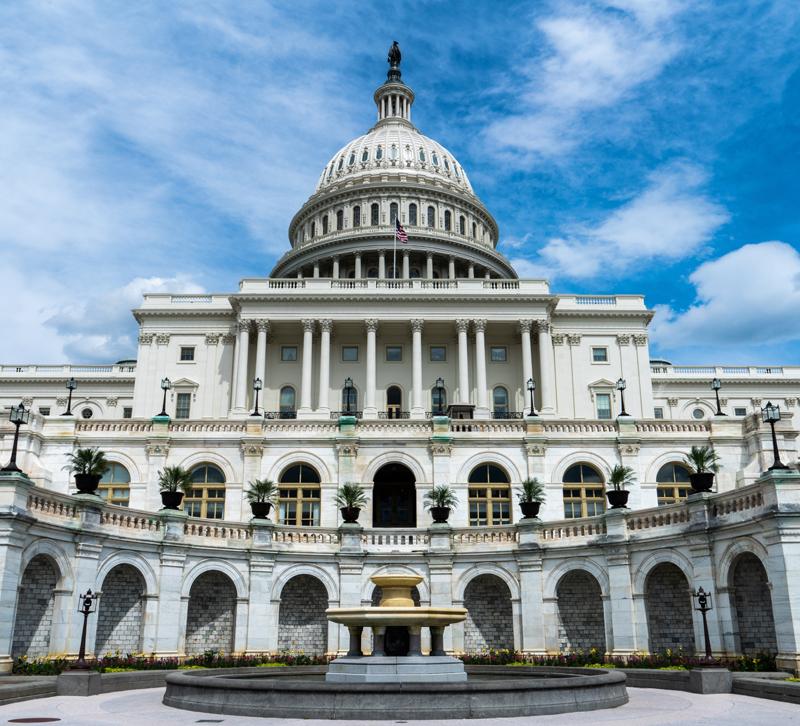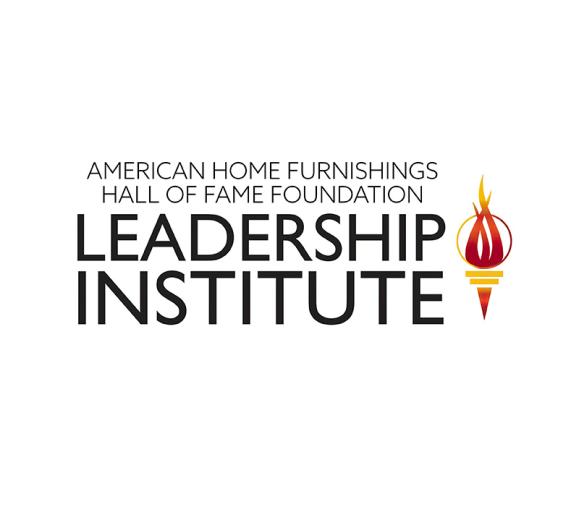International trade can best be described as the most convoluted game of Monopoly ever played: Everyone has a few good properties and a few okay properties and they're all just trying to make it around the board without going bankrupt.
When played well, International Monopoly works. Sure, the U.S. might land on France's Marvin Gardens, but it's okay because the U.S. has a deal with France for when they land on Indiana Avenue, and in the long run, things even out.
But now imagine that the U.S. decided to jack up its rental rate on Indiana Avenue for everyone — allies such as France, Canada and the U.K. and trade partners such as China. What does everyone else do? Raise the rate on their own properties of course. Now rentals are sky-high and no one can afford to rent anywhere, even though they need to because no one property provides everything for each individual country and renting is a necessity. Hotels shut down. Railroads stop running. No one passes Go and collects $200. Everyone is mad, and Angela Merkel's about to flip the board.
That scenario is an oversimplified example of what's happening between the U.S. and its trading partners right now, and the consequences could be far more disastrous than a flipped game board.
Over the last few months, the Trump Administration has announced new tariffs on foreign imports from trading partners such as China as well as close allies and neighbors like Canada, Mexico, and the European Union, sparking real fears of an all-out trade war. Though President Trump and his advisors have gone back and forth on who will be subjected to the tariffs, U.S. allies don't seem to want to wait and find out whether the U.S. is serious or not, and some have already gone to ask the World Trade Organization for help.
Trade wars alienate countries, wreck economies and destroy relationships between countries — much like a too-long game of Monopoly — but in the end, no one comes out a winner.
To sum it all up, this trade war isn't going well. Here's what the lighting and home furnishings industry can expect from a trade war and how the industry is trying to stop it.
What is a trade war?
There's one important aspect of trade that should be clear: Trade agreements are not the same as treaties. Trade agreements have to be negotiated between countries or groups of countries. The goal is to reach an arrangement that benefits both or all sides as much as possible without hurting one country. A treaty involves a surrender, which leaves the big decisions up to the victors. In some cases, there may be some aspect of trade within the treaty, but the surrendering country rarely gets much of a say.
This is a vital point to make because trade agreements involve cooperation, and if countries feel the need, they can walk away and create their own trade agreements with other countries.
A trade war occurs when one or more countries take strong actions to affect trade, whether that's raising their exports or placing taxes on imports. Trade wars often happen like dominos: First one country adds tariffs, then another and then another. Eventually, the prices of goods and services rise to unhealthy levels, impeding consumers from making purchases outside the necessities and slowing the economy.
Countries often turn to tariffs to protect their domestic industries. In 1930, for example, the U.S. passed tariffs on foreign goods to protect U.S. production and encourage consumers to purchase American products, but that, of course, didn't work. Other countries retaliated by passing their own tariffs on American goods and even started trade blocs to further hurt the U.S. These protectionist policies did not start the Great Depression, but experts say that they certainly made it worse and prolonged it.
It may be easy to threaten with tariffs, but once they're enacted, they're hard to repeal and harder to forget.
"The situation with tariffs is ugly," Eric Toder, Institute Fellow at Urban Institute and Co-director of Urban-Brookings Tax Policy Center, says. "Once they are in, they might be very hard to unwind. The long-run effects on the economy and U.S.-international relationships could be catastrophic."
Trade war, what is it good for?
Absolutely nothing.
It's true that the U.S. does have trade deficits with countries such as China, Mexico and Canada, and most experts agree that the current agreements in place should be updated. Trade deficits, however, aren't inherently good or bad, and having a trade deficit with another country doesn't mean that one is winning over the other.
Even tariffs themselves aren't always a bad idea if planned carefully, but enacting tariffs without first trying to negotiate with trading partners usually leads to retaliation tariffs on American products. This hurts American companies in two ways. First, it means a loss of exporting income because now the price of the American product is too expensive for people in other countries so they buy less of it, and second, it means the cost of goods and services domestically must go up to accommodate for lost income overseas and the retaliation tariffs.
As the American Society of Interior Designers (ASID) reported in its 2018 State of the Industry report, a trade war could push the U.S. into a recession by 2019 or 2020. With such a high cost, tariffs should be considered carefully.
"Consistent, well planned, comprehensive tariffs would clearly strengthen reshoring and the U.S. economy," Harry Moser, Founder and President of the Reshoring Initiative, says. In his view, tariffs equal to what other countries place on American products or a value-added tax would increase U.S. manufacturing and create jobs.
As Toder explains, a VAT is a tax placed on imported products. Each product has the same tax no matter where it is produced. With a VAT, each buyer in the supply chain pays a tax on the product. For example, let's say Company X produces light bulbs and the VAT is 10 percent. It pays $2.00 for raw materials plus .20 for the VAT, which the company pays to the government. When Company X sells the bulbs to a retailer for $5.00 plus a VAT of .50, the buyer pays just .30. The original .20 is deducted, and the retailer only pays 10 percent on the new cost of the good (the raw materials have already been taxed, so only $3 needs to be taxed, which is .30). Now when the retailer sells the bulbs for $10.00 plus a $1 VAT (10 percent of $10.00), the retailer pays the .50 to the government. Essentially, the VAT goes up with each sale in the supply chain, but buyers are given a credit at each step to offset the cost of the VAT.
When all is said and done, the added cost of the VAT to the consumer comes out to about what sales tax would be. Over 150 countries currently use this method of taxation, but the U.S. is not considering it at this time. While revamping state and local sales tax laws to comply with a VAT would require a lot of work and negotiation, Toder says it's far from impossible.
"Canada has a national VAT and different sales taxes in different provinces, some of which are harmonized with the federal tax and some of which are not," he explains.
Overall, VATs are considered trade-neutral, while tariffs are used almost exclusively to hurt other countries and protect domestic interests.
There are other ways to decrease trade deficits and make the U.S. a more ideal place to produce goods. Moser says more investment in a skilled workforce, a lower dollar value, a corporate tax cut and a VAT, among others, could improve trade deficits without hurting international relations.
How trade wars affect the home design industry
Both the American Lighting Assn. (ALA) and the Home Furnishings Assn. (HFA) oppose tariffs, and experts from both associations see big problems for lighting and home furnishings retailers if this trade war escalates.
As of press time, LEDs will be included on the list of imported Chinese products that will be subjected to a 25 percent tariff, though finished/integrated LED products are currently not on the list (of course, that could change). As Michael Weems, Vice President, Government Engagement at ALA, points out, more state and local governments have been encouraging LED adoption through new regulations and standards, but if the cost of LEDs goes up, widespread adoption could falter, and consumers may not be able to spend as much on lighting in general. Showrooms will likely pass on the added cost to consumers, making products more expensive.
"If the wholesale price of LEDs go up 25 overnight because of tariffs," Weems says, "then showrooms will have to make tough decisions about staying competitive in an evolving marketplace."
Sharron Bradley, CEO of HFA, sees tariffs as the start of a "domino effect" on the supply chain that will ultimately lead higher prices on consumer goods, and the American Society of Interior Designers (ASID) agrees. Tariffs on steel and aluminum especially could hurt home furnishings retailers in near every category as well as other home-associated purchases. As the 2018 State of the Industry report from ASID points out, both products and construction supplies come from Canada and Mexico, so tariffs would almost certainly drive up housing costs and well as furniture costs. To keep costs low, U.S. steel and aluminum manufacturers would have to produce enough to meet the demand at a competitive price, and in Weems opinion, that doesn't seem like a safe bet.
Higher costs would affect what lighting and furniture products the consumer buys and when they buy them.
"Home furnishings purchases are discretionary," she explains, "and higher prices would delay those purchasing decisions amongst consumers."
What now?
When ALA members held their annual fly-in with Congress, tariffs became the central issue in every discussion, and Weems said the group received positive responses from Congresspeople. The HFA fly-in heard similar responses. Unfortunately, Congress doesn't handle tariffs. The executive branch controls trade.
Neither Weems nor Bradley has the answer to the trade solution. Trade policy is complex in nature, and there are arguments to be made for and against free trade, VATs and other trade strategies. But they agree that tariffs just aren't the solution.
"We understand and agree that the United States needs to establish a level trading relationship in international markets," Bradley says, "but we would rather see a finite trade strategy than tariff threats that lead to retaliatory actions against U.S. industries."
"In my opinion," Weems says, "the best path forward is to negotiate some sort of trade fairness agreements with countries of concern."
Photo: Michael Judkins from Pexels







